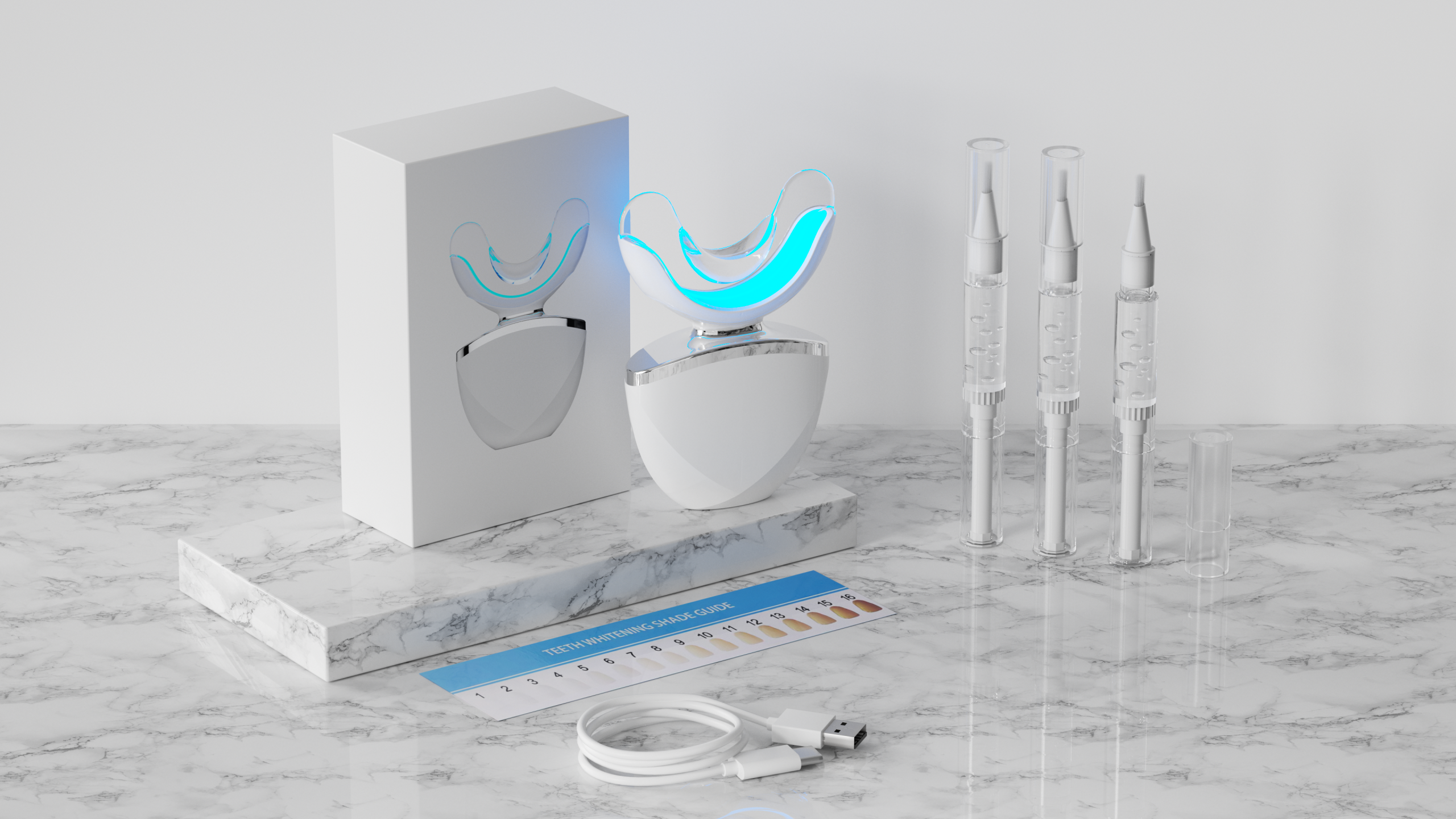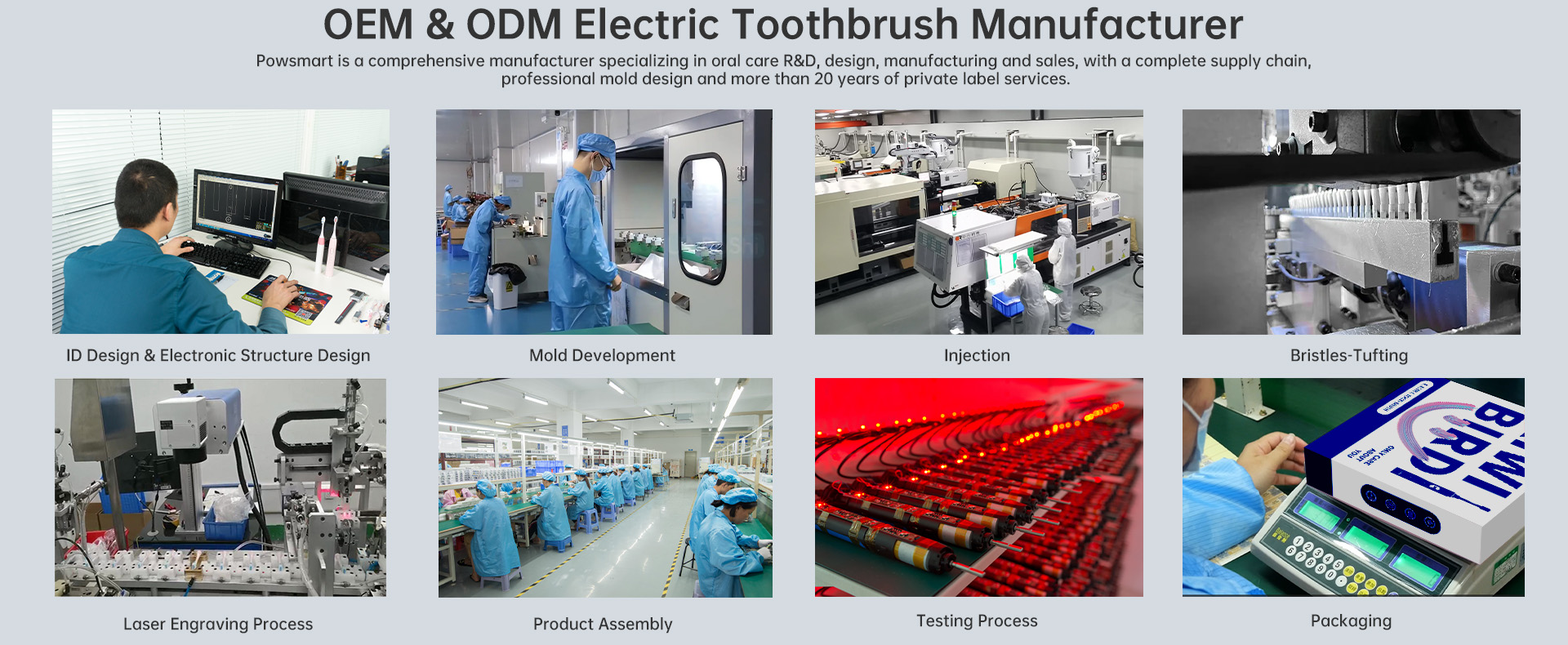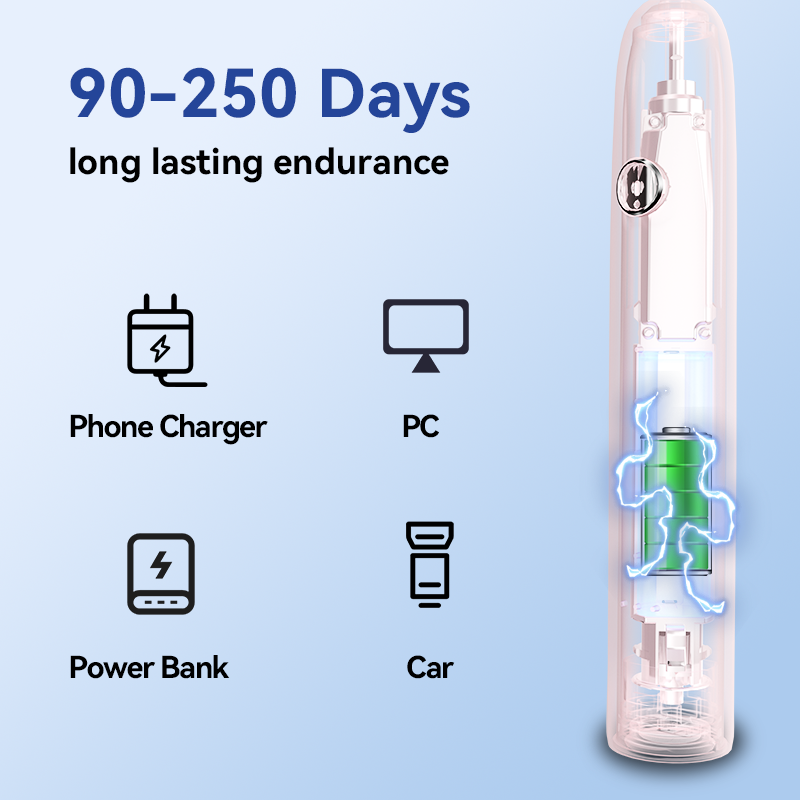When gum bleaching appears alongside a heightened pulpitis risk, it’s time for manufacturers and dental professionals to ask whether whitening treatments have crossed the line from cosmetic enhancement to clinical hazard. While tooth whitening remains one of the most popular aesthetic procedures, inappropriate product formulations, poor application technique, and inadequate safeguards can trigger irreversible damage to both soft tissues and the pulp. This article explains why these problems occur, how they’re linked, and what steps companies can take to protect users—and their own reputations.
Gum bleaching typically results from peroxide-based gels spreading beyond the tooth surface and contacting gingival tissue. Factors contributing to this include:
Although mild bleaching can be reversible, repeated exposure increases tissue irritation and sets the stage for more severe complications.
Pulpitis—inflammation of the tooth pulp—develops when peroxide penetrates enamel micro-cracks or dentin tubules, irritating the pulp chamber. In many cases, users initially notice transient sensitivity. However, if peroxide exposure persists, inflammation can escalate to irreversible pulpitis requiring endodontic treatment or even extraction.
Certain risk factors make pulpitis more likely:
While gum bleaching affects the surface, pulpitis damages the interior. When both occur simultaneously, the product or protocol is likely too aggressive. This dual complication signals:
Moreover, when gingival tissues are already compromised by bleaching, they are less able to protect underlying structures from further chemical penetration. Company web: https://www.powsmart.com/product/electric-toothbrush/
For B2B customers and dental professionals, it is critical to recognize early warning signs:
Prompt identification can limit damage and allow intervention before pulpitis becomes irreversible.
To reduce the likelihood of gum bleaching and pulpitis risk, consider these preventive measures:
Such safeguards not only protect users but also reduce warranty claims and legal exposure.
When reports of gum bleaching or pulpitis arise, companies should:
Rapid, transparent response helps maintain trust and demonstrates commitment to safety.
Gum bleaching and pulpitis risk are not inevitable side effects of tooth whitening. They are preventable consequences of inadequate design, poor instructions, or overly aggressive protocols. By investing in precise delivery systems, evidence-based formulations, and user education, manufacturers can ensure that whitening delivers confident smiles—not clinical emergencies. Contact us
.jpg)
.jpg)
.jpg)
Sync Errors Causing Taste Distortion – Tech Glitch?
LED Flickering Plus Adapter Fires—A Hidden Safety Hazard?
1-scaled.jpg)
The Growing Demand for At-Home Teeth Whitening & What It Means for Brands
Head Detachment with Tank Cracks—Replace All?

Sales-Boosting Strategies for Oral Care Brands
Water Ingress Causing Motor Rust—How Serious Is It?
Mouth Ulcers After Allergic Rashes – Coincidence?

Essential Considerations for Electric Toothbrush OEM Projects
.jpg)
sonic electric toothbrush Sacramento
Tray Warping with Switch Corrosion – Time to Replace?
Grip Fatigue with Noise Pollution – Design Flaw?

Key Selling Points That Make Water Flossers Stand Out

How Consumption Upgrading Is Redefining Oral Care Product Development
Pulse Lag Plus Incomplete Flushing—Frustration for Users and Manufacturers?
Hose Kinking Leading to Weak Suction—A Hidden Efficiency Killer?

Herbal toothbrush India or Natural bristle toothbrush — which is safer for electric brush programs?

Electric toothbrush heads Charcoal Infused-Diamond

electric toothbrush heads Regular Clean

electric toothbrush heads Charcoal Infuse-Round

Private Label Whitening Gel

electric toothbrush heads Deep Clean
.jpg)
Florida Electric Toothbrush – Powsmart PTR-C8

electric toothbrush heads Ultra Soft

Customization Teeth Whitening Gel
whstapp
whstapp
National Toll-Free Service Hotline
+86 755 86238638